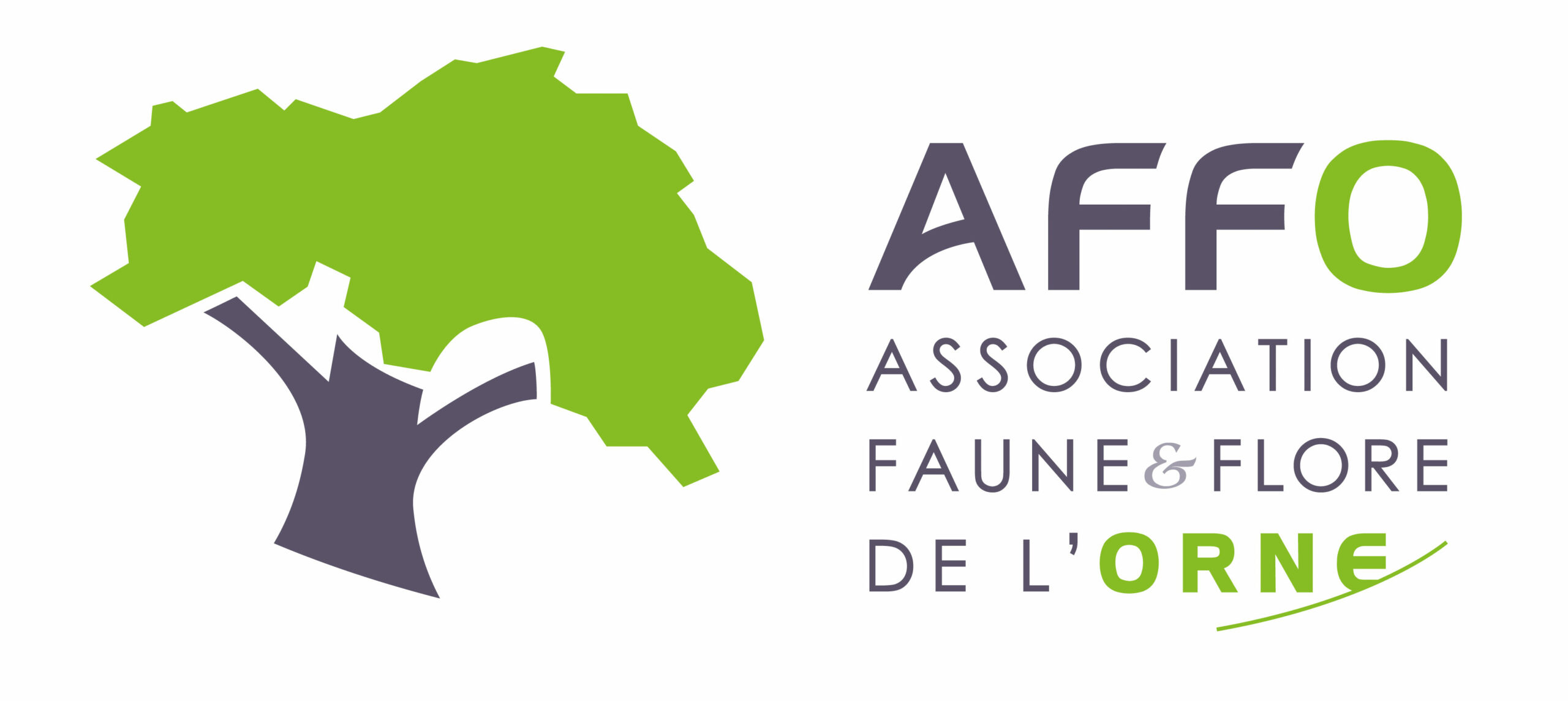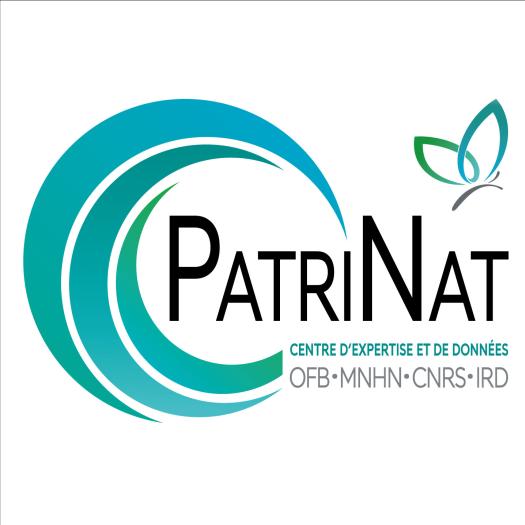Bombyx de la Ronce (Le)
Macrothylacia rubi (Linnaeus, 1758)
Où cette espèce a-t-elle été observée ?
 Attention : cette espèce peut être présente où il n’y a pas de maille, mais à ce jour elle n’y a pas encore été observée.
Attention : cette espèce peut être présente où il n’y a pas de maille, mais à ce jour elle n’y a pas encore été observée.
- 27 observations
-
11
communes -
9
observateurs
6
organismes -
Première observation
1996 -
Dernière observation
2025
Bazoches-sur-Hoëne - Belforêt-en-Perche - Igé - La Chapelle-Souëf - Manou - Perche en Nocé - Senonches - Soligny-la-Trappe - Tourouvre au Perche - Val-au-Perche - Verrières
-
Association Faune & Flore de l'Orne (AFFO)
Participation à 20 Observations
Part d'aide à la prospection : 74.07 %
Fiche organisme
-
Conservatoire d'espaces naturels du Centre-Val de Loire (CEN CVL)
Participation à 4 Observations
Part d'aide à la prospection : 14.81 %
Fiche organisme
-
Système mondial d’information sur la biodiversité (GBIF)
Participation à 1 Observation
Part d'aide à la prospection : 3.70 %
Fiche organisme
-
Eure-et-Loir Nature
Participation à 1 Observation
Part d'aide à la prospection : 3.70 %
Fiche organisme
-
UMS PatriNat (OFB-CNRS-MNHN)
Participation à 1 Observation
Part d'aide à la prospection : 3.70 %
Fiche organisme
Informations espèce
Source : Biodiv'Écrins, Parc national des Écrins
E3 : Prairies humides et prairies humides saisonnières
E4 : Pelouses alpines et subalpines
E5 : Ourlets, clairières forestières et peuplements de grandes herbacées non graminoïdes
E7 : Prairies peu boisées
Répartition actuelle en France métropolitaine
© INPN - Avertissement : les données visualisables reflètent l'état d'avancement des connaissances et/ou la disponibilité des données existantes au niveau national : elles ne peuvent en aucun cas être considérées comme exhaustives.
Répartition actuelle dans le monde
Avertissement : les données visualisables reflètent l'état d'avancement des connaissances et/ou la disponibilité des données existantes au niveau mondial : elles ne peuvent en aucun cas être considérées comme exhaustives.











